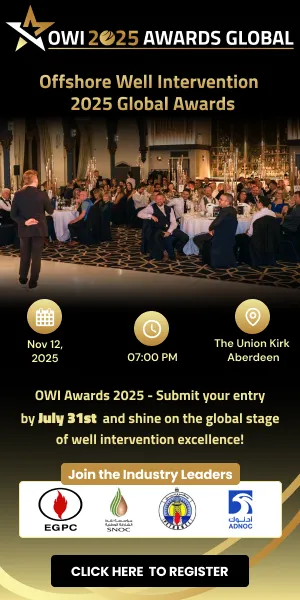The 49th Middle East Energy trade show will run from 7-9 April across 16 DWTC halls – two more than the previous edition. The additional space will include a host of new features, including a sixth product sector – Battery & eMobility – and a dedicated hall for exhibitors within the battery and eMobility space.
“Middle East Energy has always been at the forefront of innovation, and 2025 is no exception,” said Mark Ring, group exhibition director for the energy portfolio at Informa Markets.
With our expanded footprint, showcasing regional and global market-leading products and services, the addition of The Battery Show, and a strong line-up of conferences, Middle East Energy 2025 is set to redefine how we address the region’s energy needs and promises to power the future, connect innovators, and drive meaningful change across the entire spectrum of the global energy landscape from a single location.
The event will be held under the patronage of the UAE Ministry of Energy & Infrastructure, reinforcing it as a cornerstone of innovation and collaboration in the energy industry, and underlining its commitment to fostering collaboration, driving advancements, and supporting the Middle East and Africa’s energy transition.
Battery show debuts with entire hall takeover
Spanning an entire hall, this 13-year-old global platform – The Battery Show will showcase game-changing battery technology and powerful solutions. Bringing together engineers, business leaders, industry leading companies, and disruptors.
The Battery Show Conference will dive into crucial topics such as the impact of electrification on the automotive sector, advanced materials for electric vehicle manufacturing, and alternative battery technologies, offering attendees a rare chance to connect with industry thought leaders.
The exhibition’s expansive knowledge programme will host six CPD-accredited, free-to-attend conferences. They are: The Middle East Energy Leadership Summit; the Technical Seminar; Intersolar & ees Middle East Conference; Global Innovation Forum; Africa Business Leaders Forum; and The Battery Show Conference.
The 2025 event has also accrued an impressive line-up of major sponsors, including Alfanar, The Riyadh Cables Group, Baudouin, MEMF, Bahra Electric, Ducab, Su-Kam, Al Ojaimi, LTC Group, Eastman, Riello UPS, Jeddah Cables Company, and AquaVolt Solutions.
To find out more about Middle East Energy, visit: www.middleeast-energy.com
To register for Middle East Energy, visit: https://middleeast-energy.me/4jduIT1









